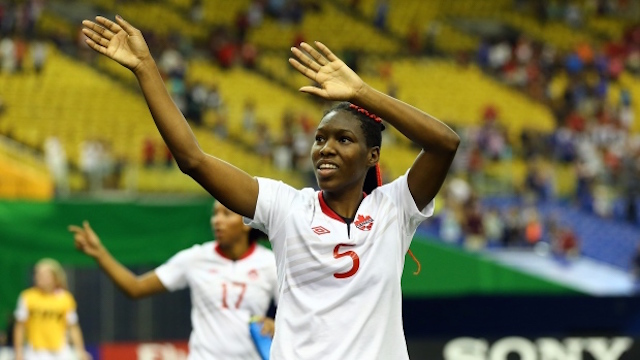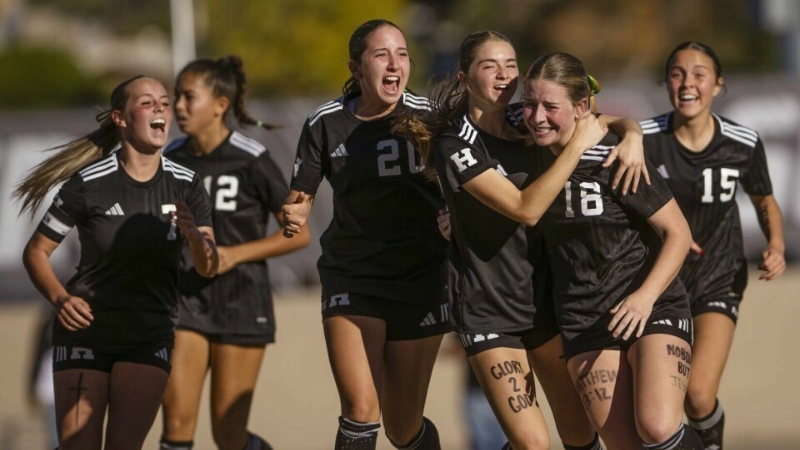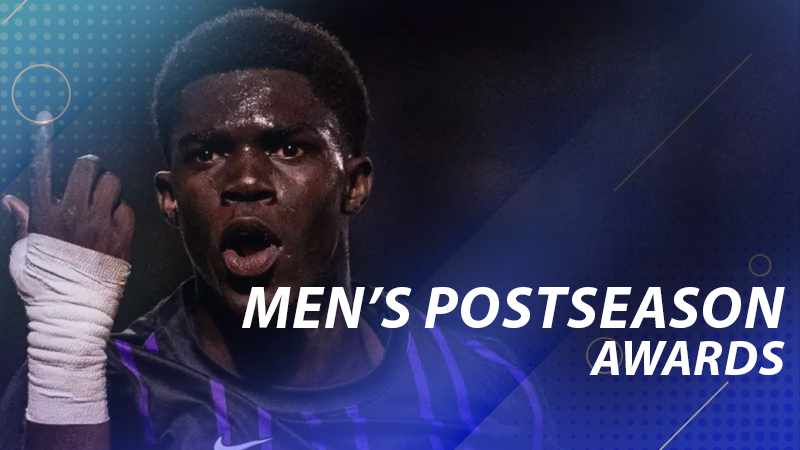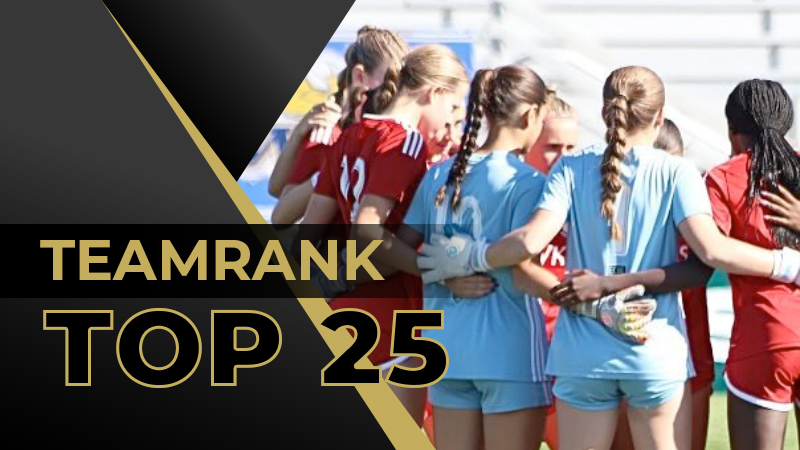Top women's players eye opportunity abroad

In a few ways, a women’s pro league in the U.S. has never been on firmer footing than the NWSL is at the moment. The league recently announced its largest ever TV deal with A&E, and it is reportedly about to double its minimum contract.
Of course, the league had some ground to make up in the first place. And with new money luring players across the Atlantic, the NWSL faces fresh challenges in 2017. Namely, not just how to keep hold of its best players, but how to tie down those coming out of college as well.
In the last six months, USWNT stalwarts Alex Morgan, Carli Lloyd, Heather O'Reilly and Crystal Dunn (among a few others) all left the NWSL to play in Europe - Morgan at Lyon, O'Reilly at Arsenal, Lloyd at Manchester City and Dunn at Chelsea. It hardly represented a full-scale migration of Americans to Europe, but it did raise questions. And the bigger story might’ve been the tier beneath them that's slowly but surely been following suit.
Before Morgan and Lloyd and Dunn made headlines, Daphne Corboz was pond-hopping.
The talented attacker eschewed her selection to the NWSL in 2015 and signed with Manchester City more or less directly out of Georgetown. Since then, several high profile college players have opted out of the NWSL to play in Europe. The biggest domino fell this offseason, as likely No. 1 overall draft pick Kadeisha Buchanan opted to sign with Lyon out of West Virginia in lieu of the NWSL. Mountaineer teammate and fellow Canadian Ashley Lawrence followed suit with Paris Saint-Germain, and in January midfielder Carlyn Baldwin made the stunning decision to forego her senior year at Tennessee to sign with BSC Young Boys in the Swiss first division.
From the NWSL’s perspective in the near term, there’s nothing particularly alarming about this on a broader scale. The vast majority of college players still have their sights leveled on the NWSL, and for all its warts it currently provides a stable home for women’s soccer at a globally high level.
But the developing story is perhaps that it’s no longer such a foregone conclusion that top U.S.-based players will invariably choose their domestic league. With more investment and attention on the women's game in Europe these days, the numbers are certainly on the rise. And it’s a lesson lauded Chelsea ladies coach Emma Hayes believes played out in spades with the club’s capture of Dunn.
“She zoomed out a little and thought about what was the best thing for her career at this moment in time where there’s no major international competition, and decided she wanted that experience of being out of her comfort zone,” Hayes said. “That was the big key driver for her. And at Chelsea she’s going to get professionalism on a level that I think is different, because we’re fully integrated into the men’s club. She’s going to come into an environment unlike most NWSL teams where from the minute she gets into the building, she’ll be having two meals a day there, she’ll be involved in a 9-4 p.m. setup every day with everything she could possibly need.”
And then there’s the money. While NWSL clubs exist in separate bubbles, those in Europe are hooked into the generous money pumps of Europe’s most lucrative clubs. Hayes noted that her worst-paid player is about on par with a mid-tier contract in the NWSL, and the league’s minimum wage concerns dwarf what the NWSL is currently able to provide its players. While the minimum contract is reportedly about to double in the NWSL, that’s still only a hike to about $15,000 annually.
If the choice out of the draft is uncertainty versus an integrated, deadlock contract at a higher rate tied to all the amenities of a Premier League team, for instance? The choice is getting murkier for young Americans.
“Think about the first-year drafted players,” Hayes said. “You don’t know if you’re getting a contract. You don’t know how much that’ll be. You’re going to get into camp, and that may or may not transfer into something. But if you’re going to Europe, you’ve got a concrete contract in your hand for probably more than you would earn as a first-year coming out of college. Naturally the lure of that, plus the fact that you’re going into a league that lasts 10 months per year, not five or six months (in the NWSL), so the platform is bigger. And I think for some players, you see it in the men’s game in particular, players want to test themselves by leaving their national boundaries to see how they fare outside of their comfort zone.
“So I think it’s just a natural evolution from the game and that’s a credit to the likes of France and England and Sweden and Germany that are starting to invest in the women’s game based off of our role models here in the U.S. I hope as a result of those decisions it drives greater improvements (in the U.S.) to make sure that the standards and the pay involved with professional players is one where they’re a little more protected. I think that’s probably part of the reason why some of those young players are opting to leave.”
The NWSL will continue to be the port of call for the majority of Americans out of college. The NWSL has already outlasted the WPS, the previous professional women’s league that collapsed in 2012, and it appears to be slowly stabilizing with more investment. But the lure of Europe exists, and for a growing subsection of the American college player base, it’s looking like an increasingly good idea.
“For a club like Chelsea or Liverpool or Arsenal, Man City, we’re employees of the club,” Hayes said. “It’s about paying fairly for a renumeration for that service. Obviously with not having a minimum wage (in the NWSL), that makes it challenging and that’s why players can be on very, very minimum contracts. But it’s not just that. We give our players full medical coverage. We give them accommodation. We have welfare offices to help them settle into areas. The support mechanisms and the professionalism, because we’ve got a parent club that can support us with those experiences. They are what the differences are.
"If you’re a smaller club like the Washington Spirit, you don’t have that parent foundation, whereas at Chelsea it’s pretty easy for us to say, we’re having a player coming from overseas, and they’re like, well we do this every couple of weeks and these are the things that need to be in place in order for that player to settle.”
Headlines
- Recruiting Roundup: December 15-21
- How Do I Get Scouted by TopDrawerSoccer?
- 2026 Women's Division I Transfer Tracker
-
Rocky Mountain High School Roundup

- 2025 Men's DI Postseason Awards
- Niko Markovic Selected First in MLS Draft
-
Commitments: Defender Swaps Coasts

- TopDrawerSoccer TeamRank Update - Girls
- 2026 Major League Soccer Draft Results
- Women's College Postseason Freshmen Top 100



